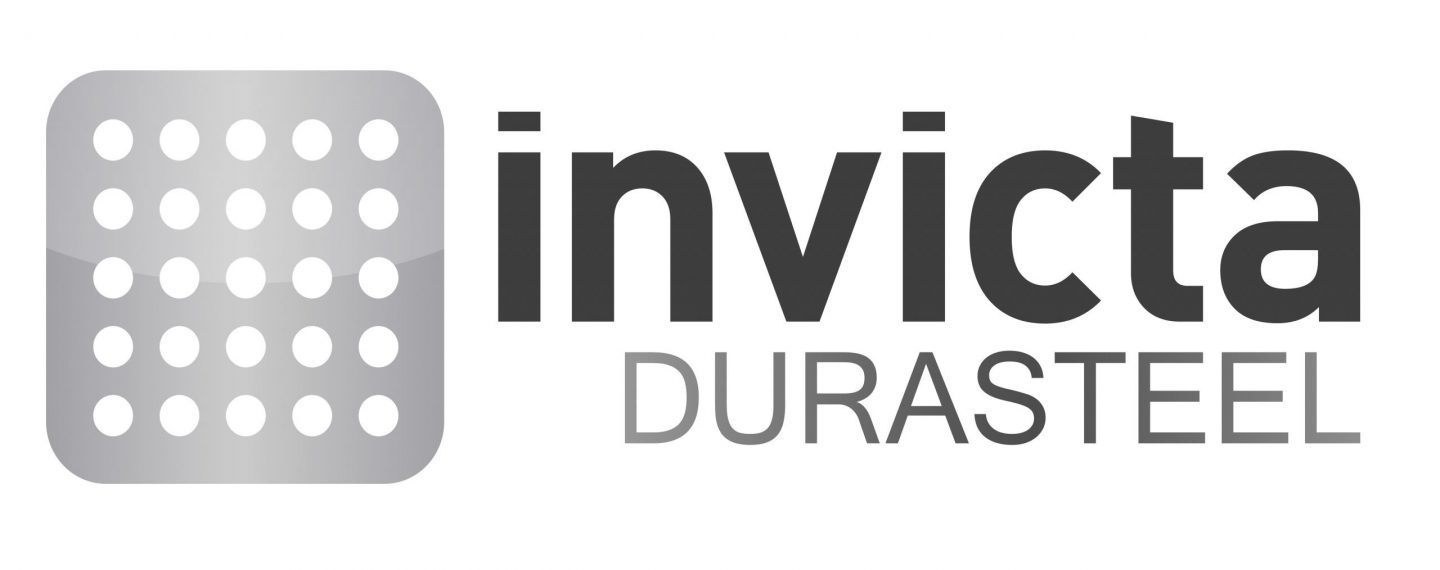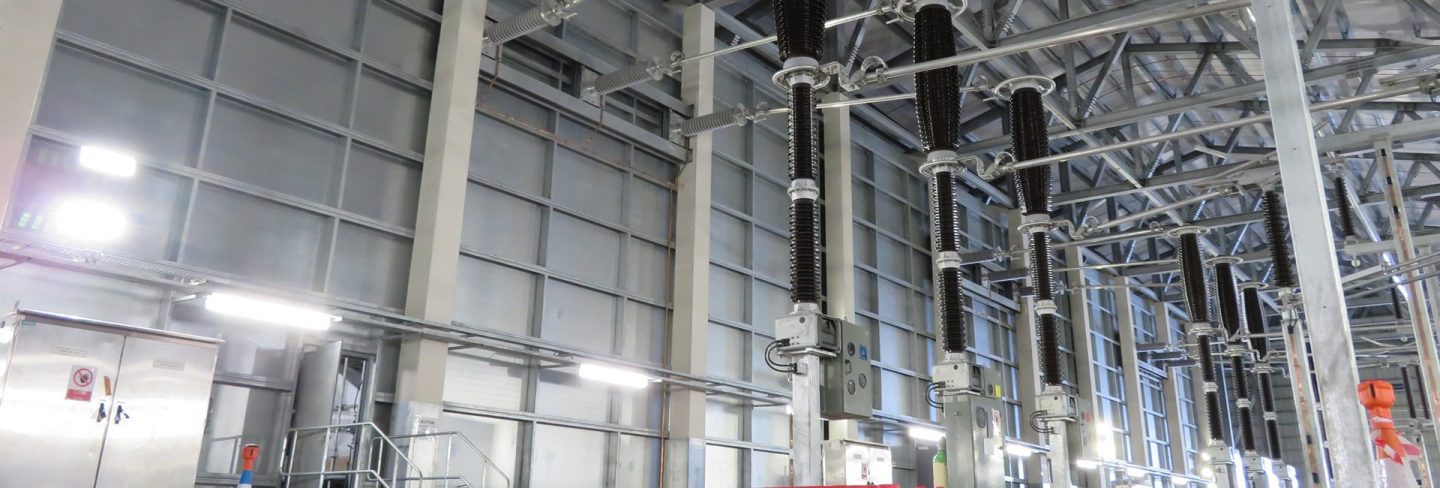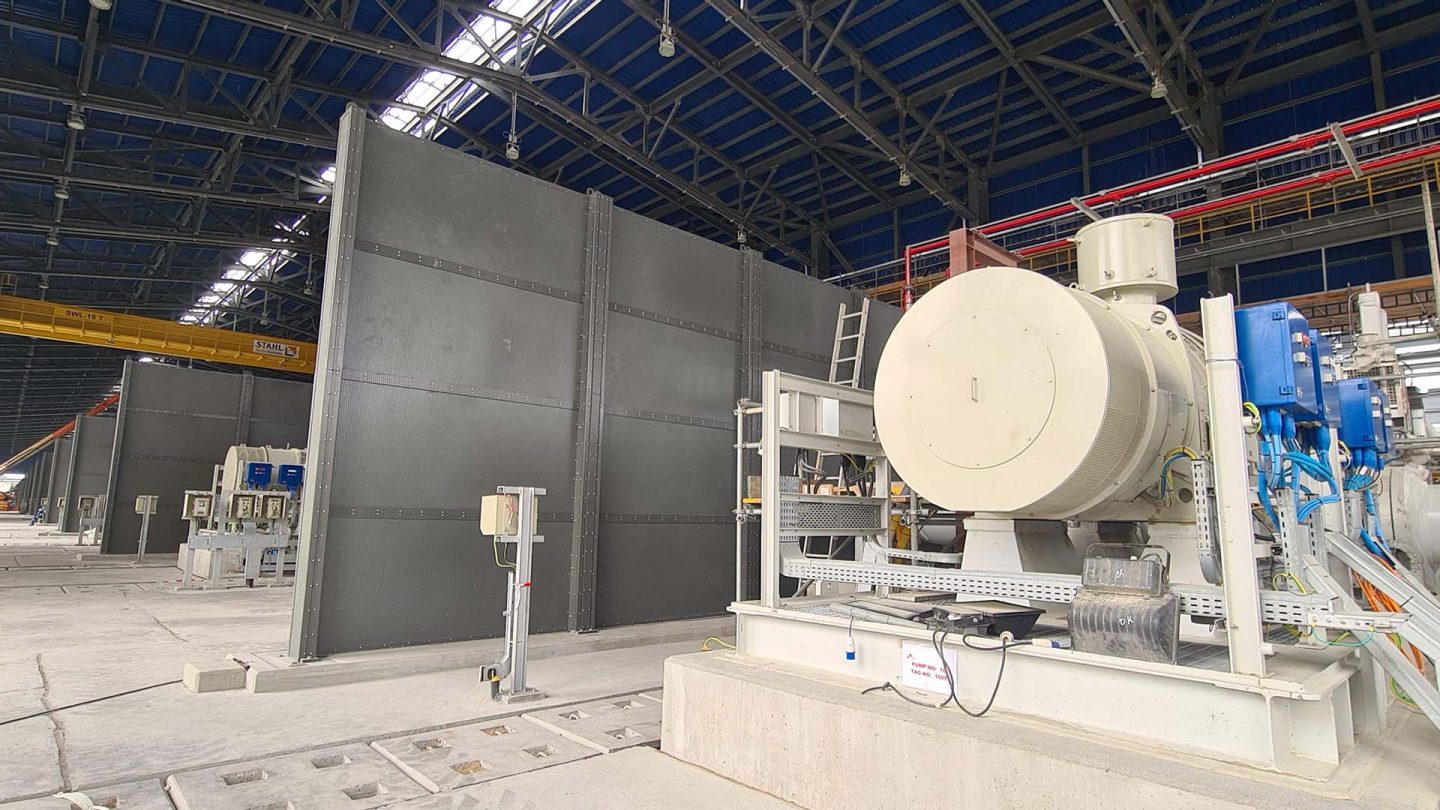For your information
You are being redirected to one of our divisional subsites which contains more detailed information on the required division. To navigate back to the main Invicta Group site, please click the link found in the footer at the bottom of the page.
- Durasteel
Discover the benefits of Durasteel
- Systems
Systems
- Expertise
Expertise
-
Applications
- Aircraft Hangar Fire Protection
- Battery Storage Facilities
- Building Fire Compartmentation
- Anti-Terrorist Blast Protection
- Cable Tunnel Fire Compartmentation
- Equipment Delivery Hatches
- Equipment Enclosures
- Heat Shields
- Power Station Fire Protection
- Metro and Rail Fire Protection
- High Voltage Cable Protection
- Substation Fire & Blast Protection
- Tunnel Fire Protection
- Oil & Gas Fire & Blast Protection
- Ventilation Systems
- Wind Farm Fire Protection
-
Applications
- Projects
- Insights
Insights
-
Articles
- Blast Protection System Design Considerations & Design Criteria
- How to Conduct a Fire Risk Assessment for Factories and Warehouses
- Minimising the Risk of Fire, Blasts & Explosions in the Middle East
- Understanding Integrity, Stability and Insulation in Passive Fire Protection
- Triangle of Fire & Active vs Passive Fire Protection
- Frequently Asked Questions
- A to Z of Terms
-
Articles
- Contact
Contact

UK +44 1843 220 256

US +1 305 328 9444

UAE +971 4 277 6225

Qatar +974 4441 4340

India +91 99 0355 9793

Malaysia +60 16 286 6225
- Start your project
The crucial role of fire protection in metro stations
8th January 2024
Quick Quote
Contact Fraser Shearer Sarun Vysakham Ben Tan Azim Rizvi Anand Raghavan Our USA Office
To get a quotation or arrange a free site survey - Call Fraser Shearer Sarun Vysakham Ben Tan Azim Rizvi Anand Raghavan Our USA Office on
-
 UK
UK
-
 UAE
UAE
-
 Malaysia
Malaysia
-
 India
India
-
 Qatar
Qatar
-
 USA
USA
Current location:
Quick Quote
Contact Fraser Shearer Sarun Vysakham Ben Tan Azim Rizvi Anand Raghavan Our USA Office
-
 UK
UK
-
 UAE
UAE
-
 Malaysia
Malaysia
-
 India
India
-
 Qatar
Qatar
-
 USA
USA
Current location:
Across most of the world – the U.S. excepted – metro stations are vital arteries of modern cities. They efficiently transport millions of people every day, contributing to economic growth and reducing traffic congestion. However, the bustling nature of these underground hubs comes with inherent risks, particularly the threat of fires.
With their confined spaces and high passenger volumes, metro stations require robust fire protection measures to ensure the safety of commuters and staff. Below, we’ll explore the paramount importance of fire protection in metro stations, highlighting innovative solutions like Durasteel fire barriers and smoke extraction systems – and the increasingly pivotal role these technologies play in safeguarding both lives and infrastructure.
The threat of fires in metro stations
Even by the standards of modern construction, metro stations are unique environments. Characterised by their confined spaces, complex layouts, and high footfall, metro stations provide all kinds of unique safety considerations. The underground tunnels and labyrinths of stairs and escalators are unlike almost any other type of building, and certainly any that is used by thousands of visitors per day.
Unsurprisingly, these factors can escalate the risk associated with fires. Underground spaces need to be well ventilated, which can exacerbate fires, as can the ‘piston effect’ of trains pushing air through stations. Debris can also easily accumulate in areas such as the tracks, tunnels and under escalators, as happened in the tragic case of the 1987 King’s Cross fire. The complex layouts can hamper evacuations, while rising smoke can quickly propagate up through a station and towards the exits.
Fires in such locations can lead not only to loss of life, but also significant and lasting disruption to transportation networks, impacting economies and communities. In the modern age, terrorism is also an active consideration in metro stations, with protection required against attacks similar to the 7/7 bombings or 2004 Madrid train bombings. As such, the urgency and importance of fire safety measures in metro stations cannot be overstated.
Passive fire protection for metro systems
There are a number of obvious challenges when designing passive fire protection systems for metro stations. The first is the profile of the system itself, which has to fit into the confines of underground stations, corridors and ticket halls, which can be cramped. The second is the access requirements, which make it difficult to transport and install large systems. And the third is the ability to maintain and repair these systems without causing substantial disruption later on, or to remove them if they are encasing equipment or machinery.
A solution that has proven itself to tick all of these boxes is Durasteel. Durasteel is a composite material made up of two punched steel sheets, mechanically bonded to a reinforced concrete core. Renowned for its exceptional fire resistance and durability, Durasteel is nonetheless a low profile and lightweight solution. Compared to concrete barriers, which are often used to provide equivalent fire and blast protection, Durasteel both opens up new use cases and requires less labour.
The dimensions of Durasteel barriers, the ability to install them in as little as one day, and the capacity to install them without concrete foundations all make them ideal for the confines of metro stations. When employed as fire barriers, Durasteel panels can effectively compartmentalise spaces, preventing the spread of flames, smoke, and toxic gases. These barriers are specifically designed to withstand extreme temperatures, and maintain their structural integrity even in the event of a high-intensity hydrocarbon fire.
These fire barriers are strategically installed in critical areas of metro stations, including designated escape routes, tunnels, and station platforms. Their ability to contain fires and blasts within localised areas not only buys valuable time for evacuation, but also allows emergency responders to access the affected area safely and efficiently.
Active fire protection for metro systems
In a fire, smoke can often propagate more quickly than the fire itself – and be just as deadly. Rising up from a platform or tunnel, smoke can rapidly engulf entire metro stations, reducing visibility, impairing evacuation efforts, and masking the source of the fire. The primary defence against this is a smoke extraction system, another essential component of fire protection.
Designed to swiftly remove smoke from enclosed spaces, these systems utilise powerful ventilation techniques to redirect smoke to designated exhaust points, ensuring that escape routes remain clear and breathable. Often using Durasteel ducts to ensure that the ventilation isn’t compromised, a smoke extraction system will generally use a large fan or fans above ground to create an air current that drives smoke out of the space without feeding fresh air to the fire.
The combination of Durasteel fire barriers and smoke extraction systems creates a formidable defence against fires in metro stations. The barriers contain the spread of flames, while the smoke extraction systems eliminate the hazardous fumes that can impede safe evacuation. In some cases, such as the use of Durasteel barriers and smoke extraction for transformer and equipment rooms, the fire and smoke can be almost entirely contained, presenting minimal risk to the rest of a station or line.
–
The safety of metro stations and their passengers hinges on the effectiveness of fire protection measures. Fires in these confined spaces can escalate quickly, jeopardising lives and infrastructure. The combination of Durasteel fire barriers and advanced smoke extraction systems forms a dynamic defence against this imminent threat. By compartmentalising fires and swiftly removing smoke, these solutions buy critical time for evacuations and emergency responses.
Investing in robust fire protection measures is not just a matter of regulatory compliance; it’s a commitment to public safety and urban resilience. As our cities continue to grow, so does the need for innovative technologies that can mitigate the risks associated with urban infrastructure. Ensuring fire safety in metro stations is a testament to our collective dedication to building safer, smarter, and more secure cities for generations to come.
Accreditations & Affiliations











SpecUp - System Specification Wizard
Answer the 5 short questions below to receive your recommended Durasteel system specifications. Hover over the ? icons for a brief explanation.
Question 1/5
Type of system required?
Question 2/5
Fire rating required?
Question 3/5
Fire integrity-only or integrity and insulation?
Question 4/5
Fire attack risk from one side or both sides of the system?
Question 5/5
Blast rating required in addition to fire rating?
Creating your results page
Thanks for completing the SpecUp, you’ll be redirected to your results shortly.
Click here if you aren't redirected after a few secondsStart your project
Tell us about your project. Please complete this form. One of our sales team will come back to you with more details. If you prefer, you can drop us an email.




Share/Like this page